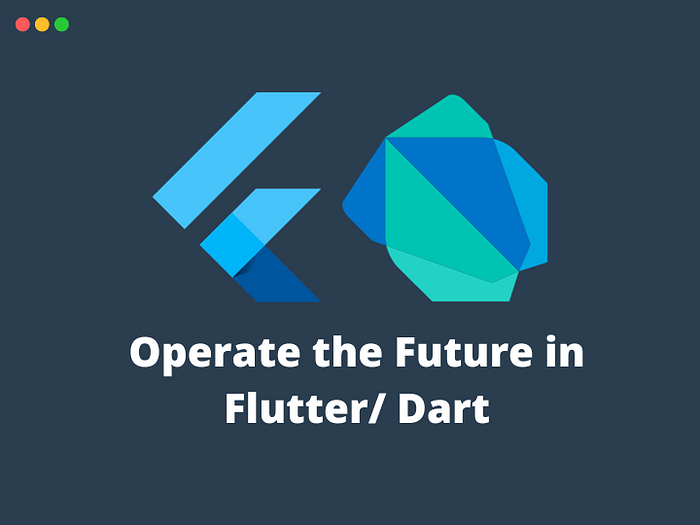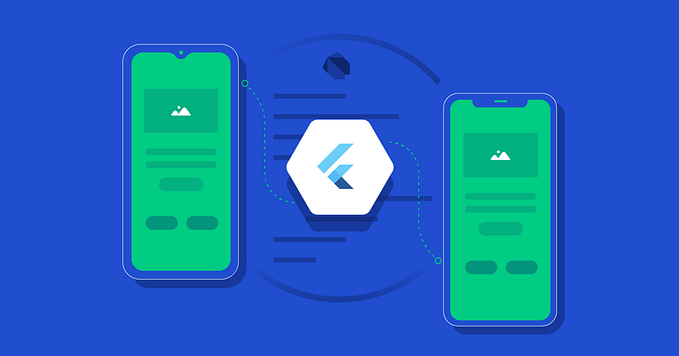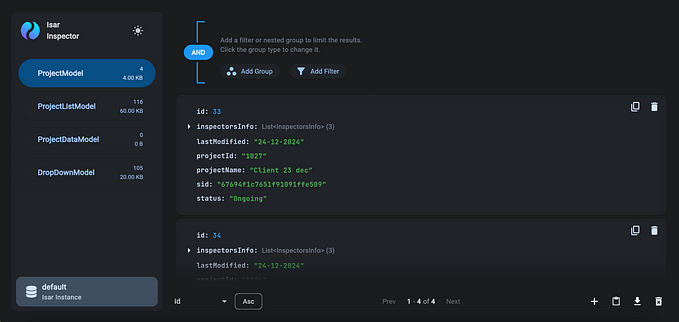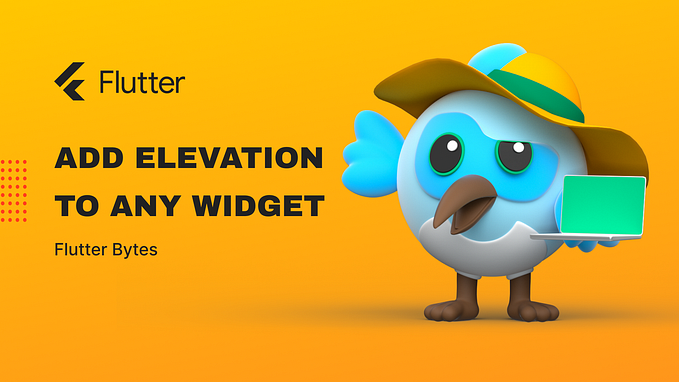Operate the Future in Flutter/ Dart

Introduction 🌅
Flutter, Google’s UI toolkit for building natively compiled applications, brings a powerful asynchronous programming model to the table. At the core of handling asynchronous operations in Flutter is the concept of Future. In this article, we will dive deep into what Futures are, explore common methods associated with them, and understand their practical uses in Flutter development.
Understanding Futures in Flutter 🤔
A Future in Flutter represents a value or error that will be available at some point in the future. It allows developers to handle asynchronous operations, making it possible to perform tasks such as fetching data from a network, reading from a file, or executing any time-consuming operation without blocking the user interface.
Common Methods on Futures 🌾
then()
The then method allows developers to execute a callback function when the Future completes successfully. It forms the backbone of chaining asynchronous operations, enabling a clear and sequential flow in code.
One of the powerful aspects of Futures in Flutter is their ability to be chained using the then method. This allows developers to create a sequence of asynchronous operations, where each subsequent operation depends on the result of the previous one.
Future<String> fetchData() async {
// Some asynchronous operation
return "Data fetched successfully";
}
fetchData().then((result) {
print(result); // Output: Data fetched successfully
});catchError()
This method is instrumental in handling errors produced by the Future. It takes a callback function that is executed if the Future completes with an error, providing a robust mechanism for error management.
Future<void> fetchError() async {
throw Exception("An error occurred");
}
fetchError().catchError((error) {
print("Error: $error"); // Output: Error: An error occurred
});whenComplete()
The whenComplete method is useful for executing a callback function when the Future completes, regardless of its success or failure. It's often used for cleanup or actions that should happen regardless of the outcome.
Unlike then and onError , whenComplete does not have any value passed to it from Future.
Future<String> fetchData() async {
// Some asynchronous operation
return "Data fetched successfully";
}
fetchData().whenComplete(() {
print("Operation completed"); // Output: Operation completed
});Use-cases of Futures 🔨
Network Requests
Futures are extensively used in Flutter for making network requests. Whether fetching data from an API or submitting form data, asynchronous operations are essential for responsive and non-blocking user interfaces.
File Operations
Reading from or writing to files is a common use case in mobile app development. Futures make it easy to handle file operations without freezing the UI.
State Management
Futures play a crucial role in state management, especially when dealing with operations that might take time. For example, updating the UI after a data fetch operation completes.
Conclusion 📰
Understanding Futures and their associated methods is essential for effective asynchronous programming in Flutter. Whether you’re fetching data from a server, handling errors gracefully, or chaining multiple operations sequentially, Futures provide a robust foundation for building responsive and efficient Flutter applications. Embrace the asynchronous nature of Flutter and leverage Futures to create smooth, interactive user experiences in your mobile applications.
Thanks for reading. If you found this article to be helpful please share it with your friends.
Stackademic
Thank you for reading until the end. Before you go:








